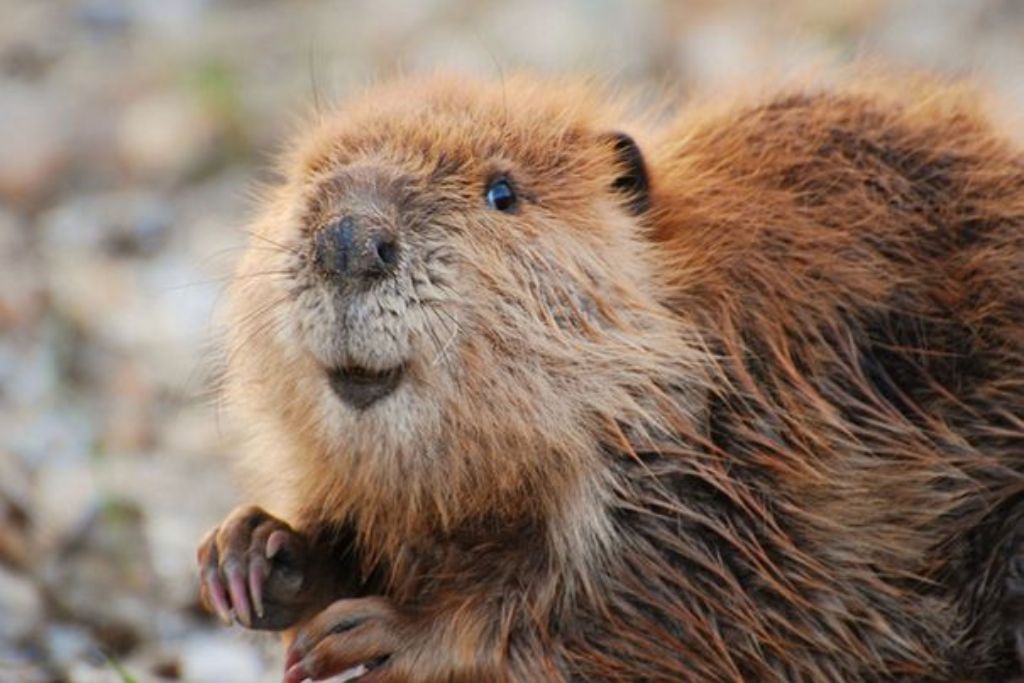You may not be aware, but Canada has a national animal. It’s a beaver! The beaver is revered as a symbol of this magnificent country. Let’s examine the creature in more detail to discover why beavers were chosen to represent Canada and what they eat.
Why Is the Beaver the National Animal of Canada?

Because of the beaver’s importance to the country’s economic development and the fur trade, Canada chose it as its national animal. The beaver served as the symbol of the Hudson’s Bay Company, the continent’s first commercial enterprise. The Beaver Insurance Company was established in 1913 and ran successfully for a long time.
The first postage stamp issued by the Canadian colonies, published in 1849, also featured a beaver. Along with serving as the country’s symbol, the beaver also serves as the emblem or crest of a number of other institutions, such as the Toronto Police Service, Canadian Pacific Railway, and Canadian Military Engineers.
The beaver can be seen nowadays on five-cent coins as well as the coats of arms of various Canadian provinces.
11 Amazing Facts about Beaver
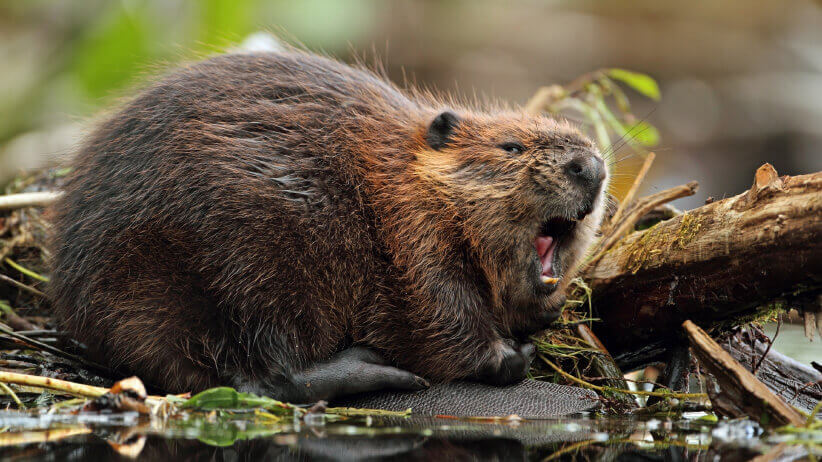
- What do beavers eat? Contrary to popular belief, beavers do not eat fish. They are herbivores. Beavers eat grasses and water plants, as well as tree bark, twigs, and leaves.
- Beavers often reside in colonies of up to 8 members of the same family and form monogamous couples. The younger siblings assist with child care, food collecting, and dam building while staying with beavers’ parents for up to two years.
- Why do beavers build dams? Beavers build dams across streams to form ponds to erect homes known as “beaver lodges.” These ponds offer refuge from wolves, coyotes, and mountain lions, among other predators.
- Families of beavers defend their territory against other families.
- The national animal of Canada makes a loud noise by slapping its tail against the water to alert family members of danger.
- Beavers are mainly nocturnal. They seldom ever appear during the day. They typically awaken at dusk and are active early in the morning.
- One of the distinctive features of beavers is their tails. They have big, blackish scales and are flat and broad.
- The teeth of beavers are another distinguishing feature. Beavers have huge, continuously growing central incisors in their front teeth, just like all other rodents. They must maintain them by chewing on the bark.
- Beavers venture far from their habitats in search of food. If they locate a reliable source, they construct canals to it so they may float the food back to their lodges. For winter feeding, logs and twigs are stored underwater.
- To get to the stream where they are constructing their lodge, beavers float tiny trees and branches through canals. The lodge may feature a number of underwater entrances to ward off predators, as well as a sizable dry area that serves as a nursery and safe refuge within. The lodge and surrounding water act as excellent insulators, keeping the living area much warmer than the outside air.
- In general, the national animal of Canada is good for the ecosystem. By building dams, beavers help to manage flooding and erosion, maintain the water table at a suitable level, and provide a home for a variety of aquatic creatures.
Read more An Amazing Moment: A Beaver Breaks Through A Lake’s Ice Surface
Other National Symbols of Canada
The Coat of Arms
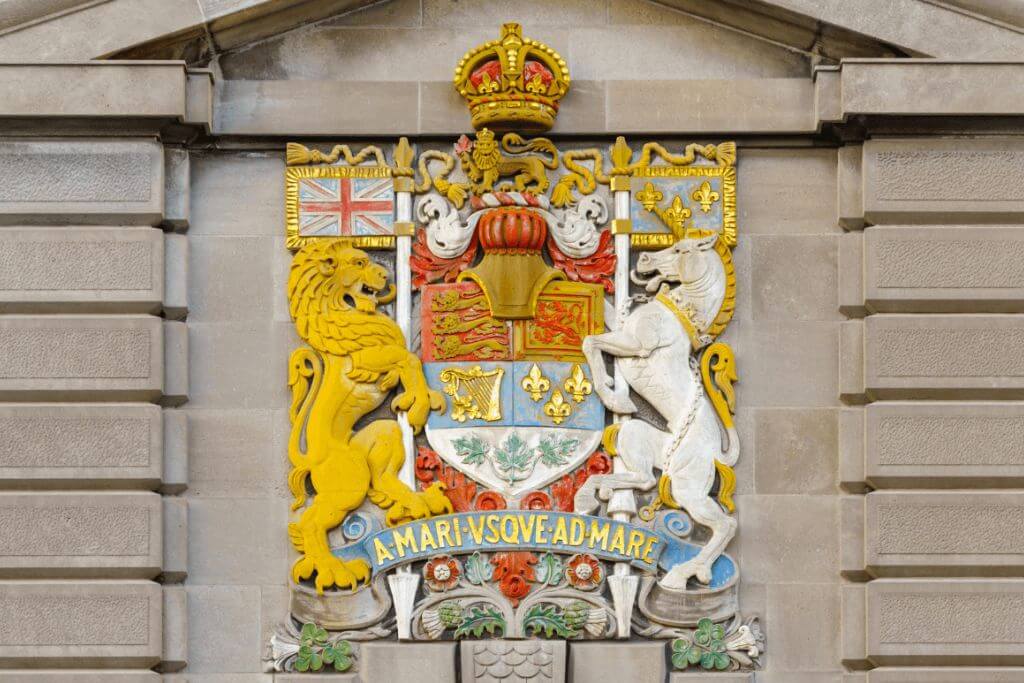
The flags of the four founding countries – England, France, Scotland, and Ireland – are depicted on a shield in this emblem. The supporters on either side are a unicorn and a lion, while the crest above the shield is a lion grasping a Canadian maple leaf. The design also features a variety of flowers and plants, including the rose, thistle, shamrock, and fleur-de-lis.
The Canadian coat of arms, which symbolizes the nation’s multiethnic people and varied history, is a sign of togetherness. With the lion standing in for the Queen and the unicorn for Canada itself, it serves as a reminder of the country’s constitutional monarchy status.
Hockey: National Sport of Canada

Besides the beaver, hockey is also a very popular Canadian symbol. Canada, sometimes known as the “Great White North,” has a long and illustrious history of winter sports. Given that it is a beloved activity among Canadians of all ages, hockey has differentiated itself as the country’s official sport.
A little rubber puck is shot into the net of the opposing team by two teams of skaters in the quick-paced sport known as “hockey,” which is played on an ice rink. When the National Sports of Canada Act was passed by Parliament in 1994, the sport gained national symbolism.
Tartan of the Maple Leaf
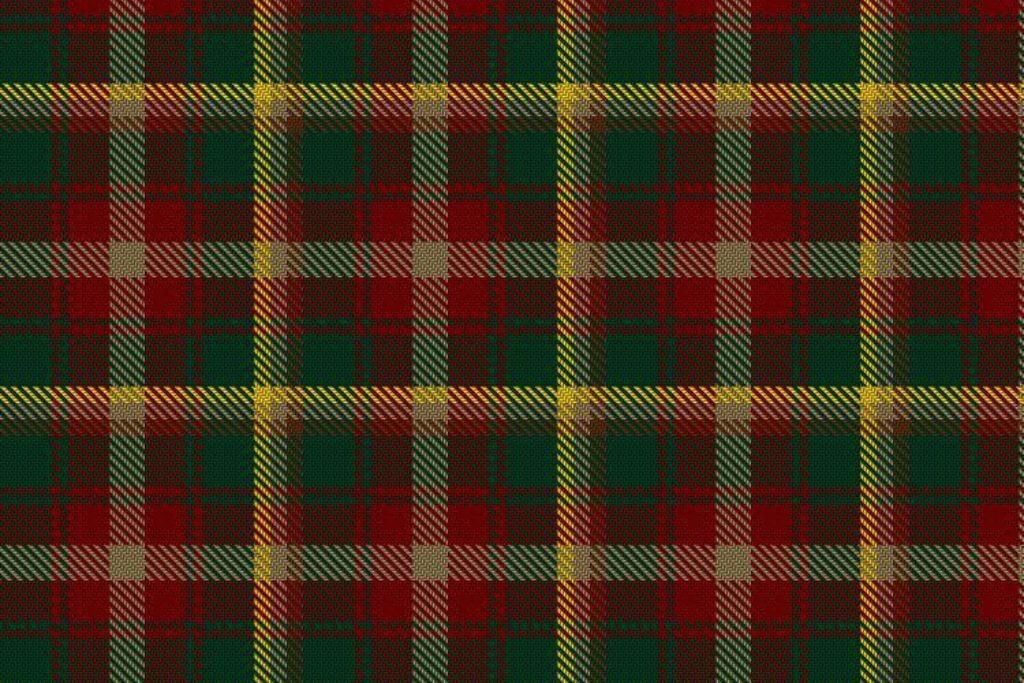
The Maple Leaf Tartan was developed in 1964 by Scottish weaver David Weiser, and in 2011 it was made into a national emblem. Red, green, brown, and gold stripes are intertwined with each other to form the design.
The design takes its cues from the maple leaf’s seasonal color changes, which include green for summer, gold for autumn, red for the first frost, and brown for the first leaves to fall before winter. This Canadian leaf is important to the history, culture, and identity of the nation.
The Royal Canadian Regiment Pipes and Drums, the official musical unit of the Canadian Armed Forces, frequently wear the tartan. The 2nd, 3rd, and 4th battalions of the Royal Canadian Regiment wear it on their uniforms as well.
Maple Tree/ Maple Leaf
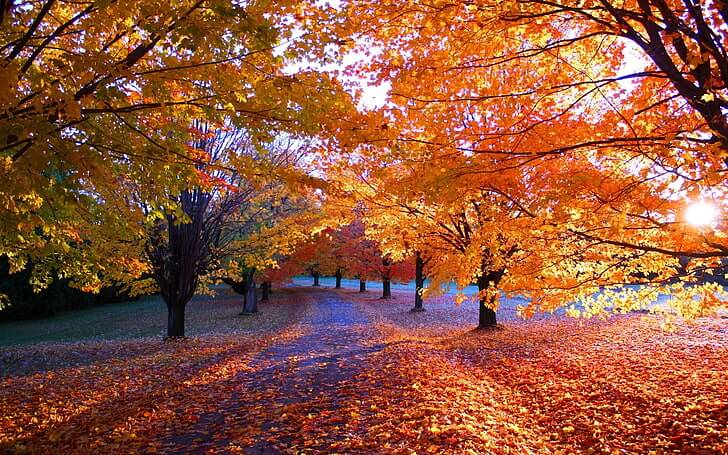
Even though the maple tree is closely associated with Canada, it wasn’t until 1996 that it was recognized as an arboreal symbol. There are a number of maple tree species in the country, with the sugar maple being the most prevalent (Acer saccharum).
As a result of its significance to the Canadian economy and ecosystem, this specific species of tree was chosen as the nation’s emblem. Numerous animals find food, shelter, and shade from the sugar maple, which also yields sap that can be used to make syrup. Many Canadian foods, including pancakes, waffles, and ice cream, have this sweet liquid as a common ingredient.
To further establish the maple leaf as a national symbol of Canada, it is also depicted on the country’s flag.
Do you know Why Maple Leaf Is A Symbol Of Canada?
Canadian Flag
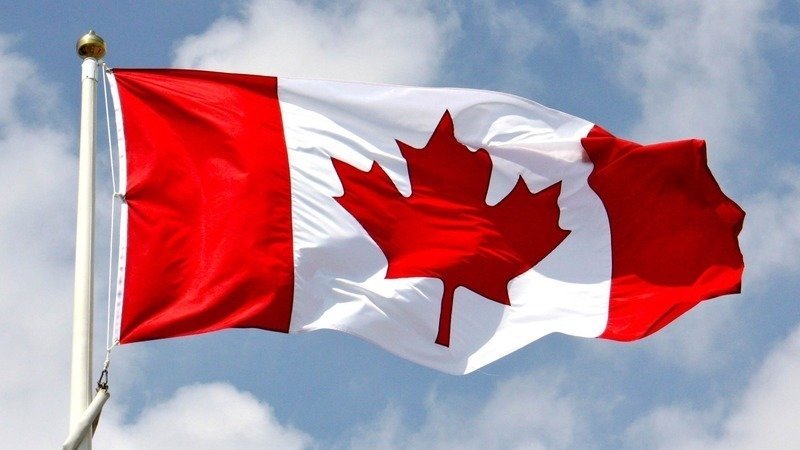
A red maple leaf on a white backdrop with a red bar on either side makes up the Canadian flag. The flag’s colors, red to represent the country’s maple trees and white to represent snow and ice, are evocative of the country’s natural landscape. It has a 2:1 ratio, with the width twice as large as the height, giving it a rectangular shape.
It was originally raised on February 15, 1965, and was designed by Jacques Vachon and George Beers. To honor its significance, this day is now recognized as the National Flag of Canada Day.
As a symbol of patriotic pride, flags are generally understood to be objects that should be treated with respect. It should be hoisted and lowered ceremoniously, and it shouldn’t be permitted to touch the ground.
As the national animal of Canada, the beaver is protected and preserved by Canadians quite strictly to help prevent this animal from becoming extinct. Through this article, you can understand more about national animals and other national symbols of Canada. Please give your feedback by leaving a comment below that will improve our website better!
